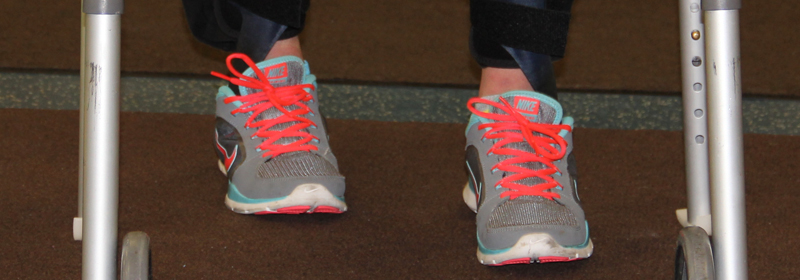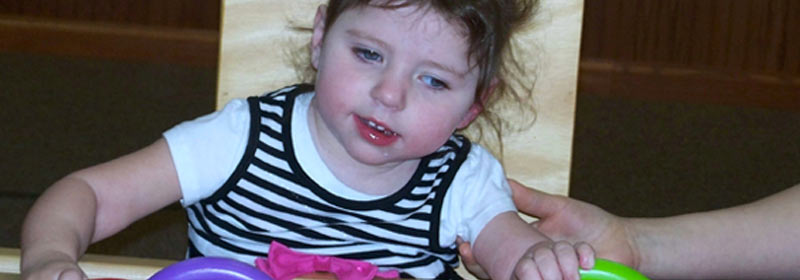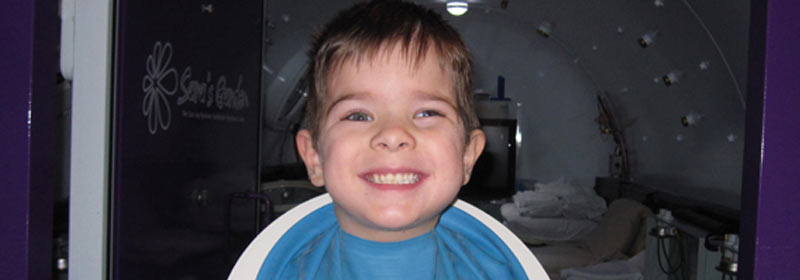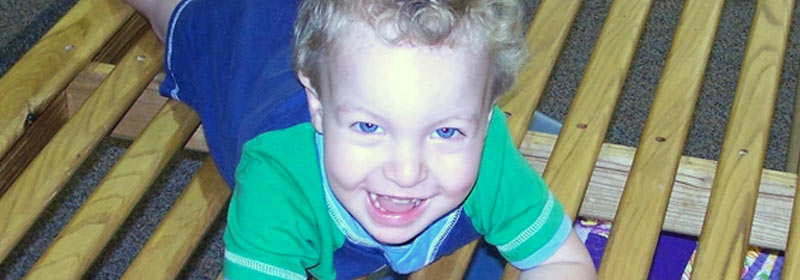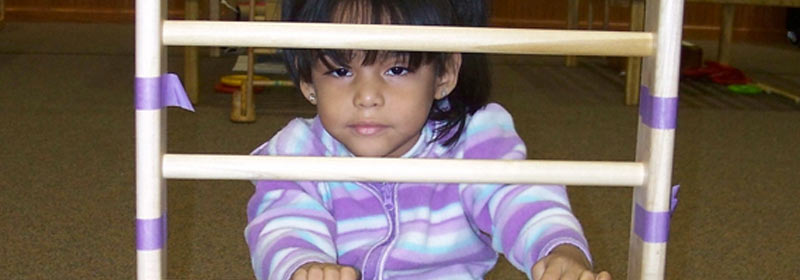Let’s Get Moving
Being first time parents can be scary. There is so much uncertainty; so many “What ifs?”. With all the new experiences that come with pregnancy and preparing for a baby to arrive, new parents have a lot to navigate and prepare for. For Matthew and Emily, Eleanor was to be their first child. There were no issues or complications throughout the entire pregnancy process; no warning signs that something might be wrong with this precious gift. Preparing for their baby to need significant early intervention services was the furthest thing from their minds.
The family was so excited when Eleanor was born. Their beautiful child had finally arrived and they loved every minute they spent together. However, by the time Eleanor was six months old, Matthew and Emily began having concerns that she did not seem to be meeting her developmental milestones. Her pediatrician told them not to worry about it, and to simply wait and give her time to catch up.
Unfortunately, waiting did not work. By the time Eleanor was a year old, she was significantly behind in virtually every developmental milestone. Doctors determined that Eleanor had generalized hypotonia (abnormally low muscle tone). Hypotonia can be a condition on its own or it can be indicative of some other condition where there is progressive loss of muscle tone. In Eleanor’s case, despite countless evaluations and genetic testing, an officially diagnosis was not given, although doctors hinted at her condition being a combination of Ataxia and Paraplegia. Whatever Eleanor’s underlying condition may ultimately be, it has led to significant developmental delays in her fine motor, gross motor and communication skills.
Eleanor began seeing a physical therapist, occupational therapist and speech therapist. Over the course of the next year and a half, Eleanor did make some progress through these therapies, but nothing monumental. She still had not yet learned to crawl, sit up from a lying position or walk. She had very little independence in moving herself around the home. Matthew and Emily were still searching for answers.
Thankfully, Eleanor’s grandmother, Lori, works at Sara’s Garden in the hyperbaric center as its Clinic Director. She began encouraging Emily to consider bringing Eleanor to Sara’s Garden for Conductive Education (CE) services. Conductive Education believes that neurological disorders are not seen as limiting factors and that everyone has the ability to learn and thrive. Conductive Education is built on the assumption that damage to the central nervous system, which causes motor dysfunction, can be overcome by using specialized learning strategies and that the nervous system can generate new neural connections.
Conductive Education allows kids to see themselves as self-reliant, regardless of how many limitations the world tells them they have. It also helps children develop an “ortho- functioning personality,” meaning it helps them achieve educational and daily living goals via nurturance and developing a teaching plan that centers around the child and their likes and dislikes.
Matt and Emily started noticing benefits of Conductive Education after Eleanor’s very first month (4 sessions). She was beginning to make connections between the strengthening exercises she had been doing and actual, usable motions. She was using the strength in her arms, legs and core to crawl using motions and spoken commands. Her family noticed very quickly how much more Eleanor was able to do each time they saw her. Eleanor’s visiting nurse through her county’s early intervention program was also very impressed, noting that she hadn’t seen so much rapid progress before Eleanor began CE.
Emily noted that “The staff at Sara’s Garden have been great and I really appreciate their willingness to not only teach Eleanor, but also me. They are patient and explain the exercises and activities so that we can practice them at home. I’m excited to see how much more progress Eleanor can make working with these amazing conductors!”
Eleanor is now nearly 3 years old. After about 5 months of CE, it’s clear that she feels more independent. She can now walk with support from her parents and is extremely motivated and excited to move around her house on her own and go everywhere her parents go.
Thanks to Conductive Education at Sara’s Garden, Eleanor has a much brighter future. She is ready to get moving and experience far more independence than her family believed was possible. No matter what you’ve been told, there is hope… and Conductive Education can help you find it.



